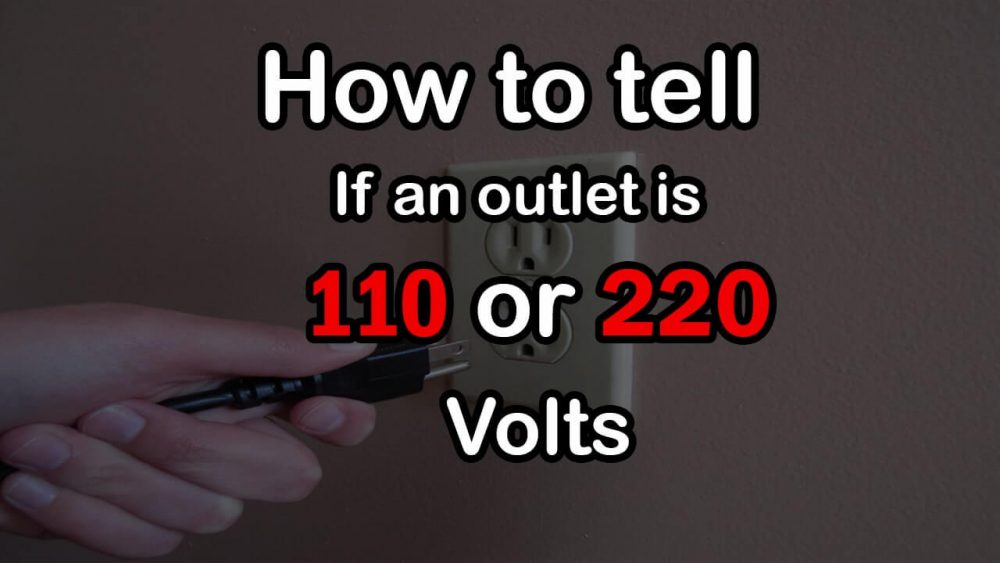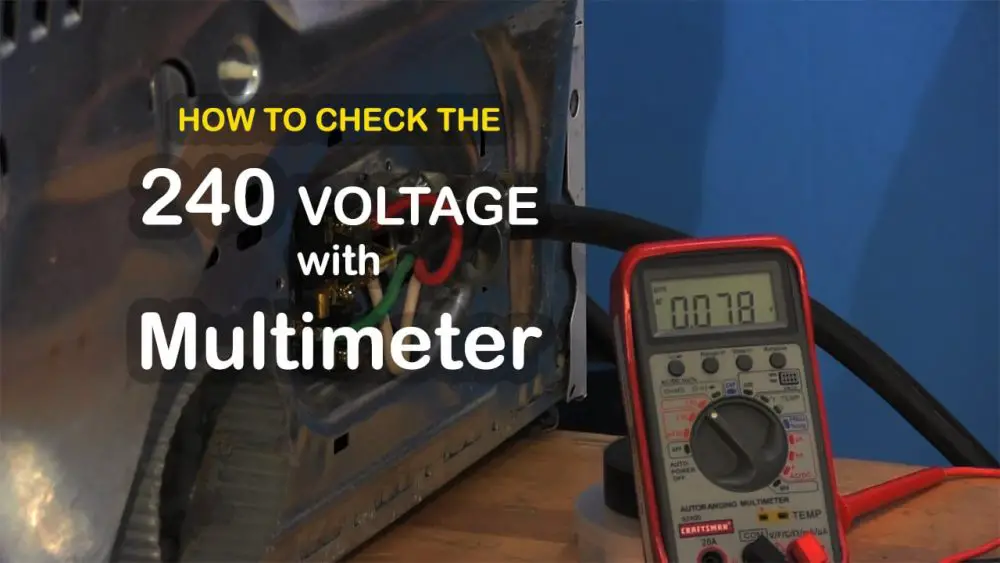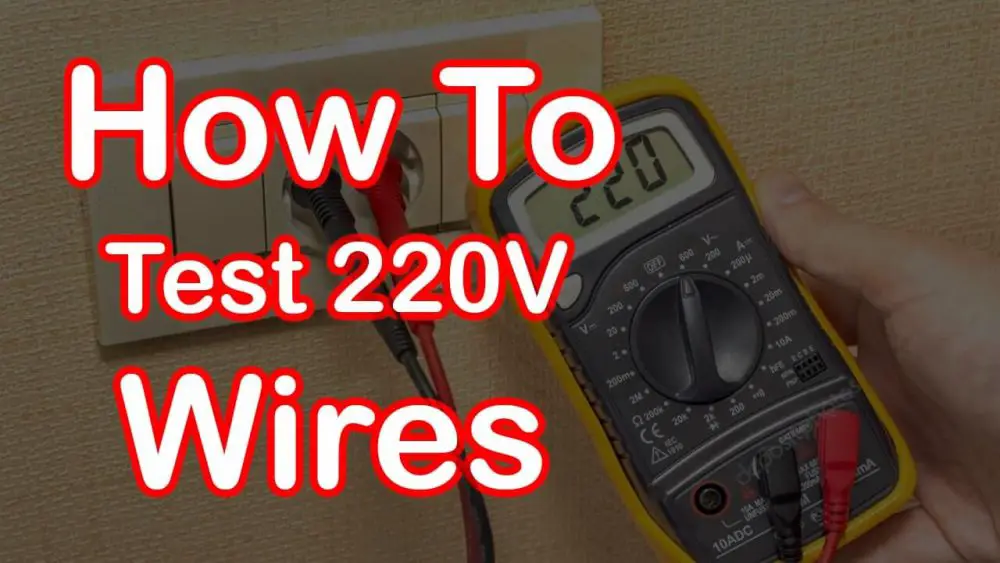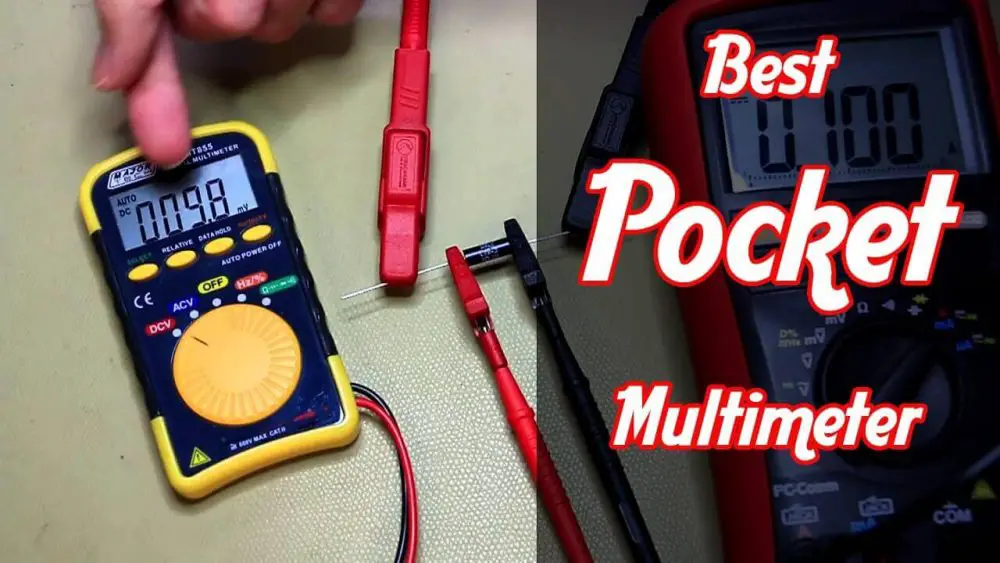How do we know the OUTLET is 110 Volts or 220 Volts?
The standard 120-volts electrical outlet contains three wires: a hot-120 volts wire, neutral, and ground wire, which delivers power using one phase of your electrical service. The standard 240-volt outlets simultaneously use two hot-120-volt cables, plus a neutral wire, to power a single receptacle and a ground wire. At the same time, Older homes and appliances may use three-prong 240-volt outlets. The standard electrical outlet used in homes in North America is 120 volts power outlet. These outlets have been in use since the early 1950s.
Features
Generally, the modern 120-volt power outlet has three slots: two parallel rectangular slots—one slot connects the live wire and the other slot connects the neutral wire—and around space for the earth wire. In addition, most outlets have two receptacles for two places to plug-in electrical appliances.
The styles of outlet plugins are different in other countries.
Polarization
In all modern 120-volt outlets, they have “polarized” plugs, on which the rectangular prong for the neutral wire is slightly bigger. Again, to make the device a safety measure designed, so the electrical device handles the current.
Alternative
In addition, some heavy appliances—such as electric clothes dryers—require 240 volts of power. Unfortunately, the outlets that deliver 240 volts are configured differently, so we cannot plug the 120 volts devices in them.

Table of Contents
The difference between 110 and 220 volts
Suppose you try to plug a vacuum cleaner into a hairdryer or a hairdryer into any typically used household outlet. Unfortunately, neither the appliances fit; the reason behind; a dryer runs on 220 volts, whereas a conventional outlet in a house supplies power at 110 volts.
110 VS 120 Volts
A 220-volt outlet described a service of 230, 240, or 250 volts. All these figures are the same. Likewise, 110-volt also tells the service like 115, 120, and 125 volts.
The house electricity comes from the power line transformer in a pair of hot wires delivering the voltage of 240 volts. Each wire is attached to a bus bar in the main panel, and the return bus sends a signal wire back to the transformer; this is a neutral wire. Between each neutral bus and the hot bus has a nominal voltage of 120 volts. When the electricity flows through circuits in the house, The current flows through house circuits, the voltage fluctuates, and it accounts for the different inductions.
The devices in the household, including all appliances and lights, are running on 110-volt power. They connect to the panel with a single hot wire, which connects to a neutral wire, a ground, and a hot bus. Larger appliances, such as dryers, efficiently run on 220-volt power. These larger appliances connect to the panel via two hot wires (one for each bus bar), a neutral, and a ground.
How to convert a 110-volt outlet to 220 volts
The devices that run on 110 volts can be plugged into a 120-volt outlet. But, of course, written “120-volt” is a nominal figure, but the actual voltage could be anywhere in the range of 110-125 volts.
Step 1
Locate the power outlet or component whose voltage you want to test. If you’re testing a device, plug it into an outlet to provide electricity.
Step 2
Connect the test leads to the multimeter via their colour-coded slots: the red lead goes into the “VA+” socket and the black lead goes into “COM,” the ground socket.
Step 3
Turn on the multimeter and set the measurement dial to the A/C voltage range you want to measure; 240 volts should be sufficient for any household need. A/C voltage is represented by a waveform (~) on the dial.
Step 4
Hold the rubber grips and touch each multimeter to a separate contact point on the circuit. Test outlets by inserting a lead into the two top openings in the outlet.
Step 5
Record the voltage reading. Turn off the multimeter and unplug the leads when you’re done.
Converting a 110-volt outlet to a 220-volt outlet
It requires large-scale rewiring and every building that has different codes would require inspection. Hence, there is an alternative available; Use a voltage step-up converter instead and follow the steps:
Step-1 Preparation:
- Safety measures before each operation is the priority when electrical circuits are involved.
- First, you have to determine the electrical voltage rated in terms of watts of energy. This rating is concerned with the appliance connected to the circuit. For example, is this 220 line power is for a window air conditioner, an electric stove, or a cloth dryer? You better seek advice from a knowledgeable customer associate. A broad range of power wattage converters is available in the market. But do not use converters when you require a very high wattage (5,000 to 10,000 watts) unless you have a professional licensed electrician who can change the wiring of your outlet.
- Now, turn off the main circuit breaker box power to the outlet.
- While working with it, make sure no one will turn on the circuit or put a logging device.
- Now determine the voltage carrying capacity of the cable supplying the outlet.
Step-2 Change the wiring
- To accept the intended load, you need to find out that you have a two-wire cable with a ground wire. The black colour is the hot wire, the neutral wire is white, and the remaining wire is the earth wire.
- To use a voltage converter requires the circuit should be grounded. Therefore, you must have an appropriate wire going to the outlet. The gauge should be AWG, the American Wire Gauge standard because it identifies the size of the wire and the resistance to load over distance. Generally, the household wiring is 12-14 gauge, but make sure you have a cable ground wire. The wiring of the 110 volts circuit usually has 12 gauge and the wiring of 220 volts circuit has a larger one that is 14 gauge.
- Do not use a voltage converter if you do not find an appropriate cable, as mentioned. Remove the outlet box cover by removing the screws. Observe the wires attached to the outlet; there is a black and white wire. There must be a green wire or a bare wire also connected to the outlet. Generally, it will be attached under a green-painted screw. Observe (AWG) cable rating stamped on the outer surface of the cable. Safely take out the wires for a closer look, and this stamped number is normally incused into the plastic.
- Replace these wires carefully backside in the outlet. Next, replace the outlet cover by attaching it with the opened screws. Now you know what gauge wire you have which is grounded. The cables used must have the appropriate rating to carry the electric load of your appliance once it is converted to 220 volts. Be careful if the wires do heat up and may present a fire risk if they are not of the correct dimension. So proceed if the cable is in the right dimension.
- Measure the capacity of the fuse or the circuit breaker used in the circuit outlet. Replace the fuse or circuit breaker with the measured, appropriate rated capacity whether the appliance is used to require a different current than what is being supplied to the outlet.
- A 220V outlet is required for larger ranges appliances, Boilers, and a water heating system. It is attached to the panel through a 220V circuit breaker rated for the devices and current draws via a 10-gauge or heavy cable of two hot wires 110 volts each, a neutral and a ground. However, situations arise which would convert the receptacle from 220 volts to 110 volts. The most common conditions are when you need to replace a dryer and an electric range with a gas appliance. The 110-volt is required to power the control panels and the lights on the new devices.
- You might convert a receptacle from 220 volts to 110 volts in two ways. The first–is to use a 220 to 110 adapter. The second is to change the receptacle’s wires or install a new receptacle right next to the old one and connect it to the new 220-volt wiring. For rewiring the receptacles, you have to install a new circuit breaker. Hence, the 220V breakers are rated more for current than a 110V circuit could carry.
Step-3 Change the Adapter
Adapter change is the simplest solution, it is allowed you to use a 110 volts plug, which plugs into a standard 220-volt receptacle, and its cost is only $30. Technically, it will provide a NEMA 5-15P, a three-pin grounded outlet rated 15 amps. It consists of an internal fuse, and the function is to trip when the 15 amps current exceeds. Therefore, you don’t have to change the circuit breaker. But this breaker doesn’t have protection for the ground fault; however, you would not use it in those locations where a GFCI is required, For example, the laundry room. This adapter is known as a gas range adapter, and it’s an effective and easy way to convert a 220V receptacle to use it as a 110V receptacle.
Frequently Asked Questions
To switch a television to a converter, you must require a converter greater in range than your TV set since it creates a surge when it is turned on. We recommend the A/C-800 for any TV or Monitor.
You would not find a 220V to 110V adapter. But instead, you might find a 240 to 120 converter, or even a 250 to 125 converter. No need to worry; any of them will work the same. But the electrical manufacturers and the electricians use the different ranges because the standard voltage varies going into residential panels which are coming from the power lines.
CONCLUSION
As we know, most European & Asian countries’ mains power supplies are 220V (230v, 240v). But in North America, the voltage is generally 110V (120v). So when an appliance is made for USA power supply (110 volts) but is bought by a UK (230 volts) customer, mainly, it needs a 230V to 110V voltage converter. Also, when you travel from China (220 volts) to the USA (110 volts) and bring some appliances, you need a 110v to 220v voltage converter.
For this reason, voltage converters are now widely used in our families, especially for international travellers. Moreover, we can use all foreign electric appliances with a voltage converter, such as 4K television, BD player, hairdryer, cooking machine, electric shaver, air purifier, rice cooker, electric kettle, vacuum cleaner, active hi-fi speaker and so on.
In general, the outlet’s features are; the 220 outlet is bigger, and it is generally round and black, not white. It could have three slots or sometimes four. The four-slot outlets have a ground wire. One or more of the slots are set horizontally or at an angle.
The only single outlet, usually 110 volts outlets, which are mostly always installed in pairs are called duplex outlets. Another key difference between 110 volts and 220volts circuit wires is the wire size. Because 220-volt household circuits carry a much higher current, they require 10 gauge or larger wire, whereas normally the maximum wire size in a 110-volt circuit is 12 gauge. The terminal screws in 220V plugs and outlets are larger due to their bigger size.
We get the Idea about 110 volts or 220 volts outlets, and if we require how to convert it, we can use an adapter to convert our appliances from 110 volts to 220 volts. If we do not take precautions we might burn or fuse our appliances, So it is very important to read the instructions at the back of your appliance whether it is 110 volts or 220 volts. The easiest and efficient way to use an adapter converter for the devices.
Related posts:
How to test the 220 voltage wires



